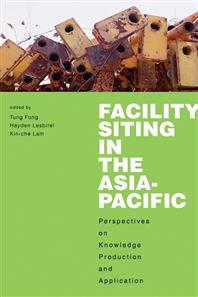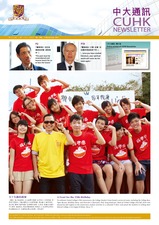All societies require a full array of facilities to provide services and support for societal development. But when power plants, hospitals, prisons, incinerators, chemical waste disposal and waste treatment facilities are located in the communities, they will become ‘unwanted’ and are increasingly being rejected. The ‘Not In My Back Yard (NIMBY)’ dilemma often leads to protest and oppositions, and can result in project delays, increased development costs, and even cancellation of projects.
This volume, co-edited by Prof. Fung Tung and Prof. Lam Kin-che of CUHK and Prof. S. Hayden Lesbirel of James Cook University, Australia, explores the management of conflicts arising from the siting of unwanted projects on a variety of Asia-Pacific locations, including Hong Kong, Japan, mainland China, Taiwan, Vietnam, Singapore, and others. Contributions are drawn from several leading scholars intimately familiar with the locations under study, and employ theoretical, comparative, and policy-based approaches to analysis of environmental conflict, risk management, and public participation. The editors also provide introductory and concluding sections in which the siting issues under discussion are summarized and contextualized.
The majority of facility siting literature originates from experience in North America and Europe. This book, by explicitly focusing on Asia-Pacific experience, makes a major contribution to the growing comparative siting literature. Much of the literature presumes the only conflicts that matter are those involved between host communities and developers, and assumes the siting issue ends during the preconstruction stage. This book challenges both assumptions and stresses the importance of neighbouring communities in siting conflicts and the need to consider postconstruction conflicts. The result is a collection that serves as an invaluable aid and source of information for policymakers, environmentalists, and scholars of the Asia-Pacific and elsewhere.


































































































































































Social Bookmarks